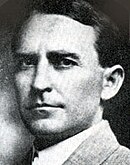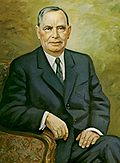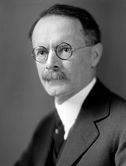United States House of Representatives elections, 1938
|
|
|||||||||||||||||||||||||||||||||||||||||||||||||||||||||||||||||||||||||||
|---|---|---|---|---|---|---|---|---|---|---|---|---|---|---|---|---|---|---|---|---|---|---|---|---|---|---|---|---|---|---|---|---|---|---|---|---|---|---|---|---|---|---|---|---|---|---|---|---|---|---|---|---|---|---|---|---|---|---|---|---|---|---|---|---|---|---|---|---|---|---|---|---|---|---|---|
|
|||||||||||||||||||||||||||||||||||||||||||||||||||||||||||||||||||||||||||
|
All 435 seats to the United States House of Representatives 218 seats needed for a majority |
|||||||||||||||||||||||||||||||||||||||||||||||||||||||||||||||||||||||||||
|
|||||||||||||||||||||||||||||||||||||||||||||||||||||||||||||||||||||||||||
|
|||||||||||||||||||||||||||||||||||||||||||||||||||||||||||||||||||||||||||
The 1938 United States House of Representatives elections was an election for the United States House of Representatives in 1938 which occurred in the middle of President Franklin Roosevelt's second term. Roosevelt's Democratic Party lost a net of 72 seats to the Republican Party, who also picked up seats from minor Progressive and Farmer-Labor Parties.
Multiple factors contributed to the Democratic decline. One main reason was the Recession of 1937. Unemployment soared, undercutting the Democrats' claim that the New Deal had ended the Great Depression. Democrats fought among themselves, especially over Roosevelt's "Court Packing" plan. In addition, there was backlash against Roosevelt's intervention in the Democratic primaries which angered conservative Democrats. The labor unions, which were emerging as a powerful grass-roots factor in the New Deal Coalition, split bitterly as the AFL and CIO fought over membership.
Internal Democratic strains were exacerbated by an effort led by Roosevelt to purge certain conservative senators for defeat in Democratic primaries, including Walter George of Georgia, Millard Tydings of Maryland and Ellison Smith of South Carolina, along with the chairman of the House Rules Committee, John J. O'Connor of New York. All but the last were reelected.
...
Wikipedia




